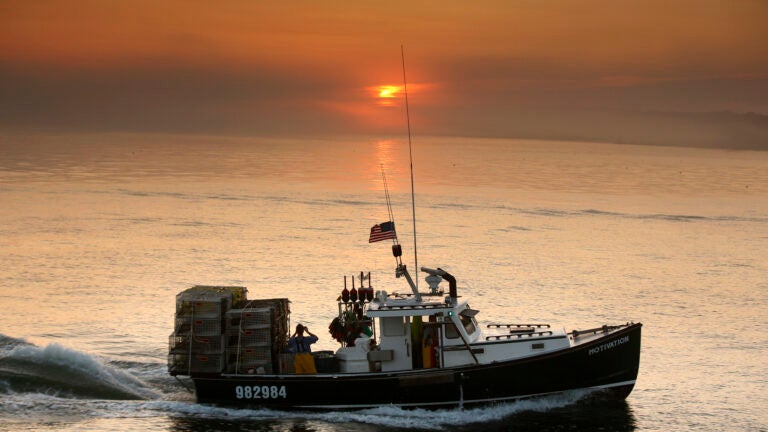Trump's Executive Order Prioritizes Commercial Fishing Over Regulations

Fishing industry praises policy shift while conservation groups express concerns
President Donald Trump has signed an executive order aimed at boosting the U.S. commercial fishing industry by reducing regulations and opening previously protected marine areas to fishing. The order represents a significant shift in federal policy by prioritizing commercial fishing interests over conservation efforts. Trump cited the nation's $20 billion seafood trade deficit as justification, stating that "the United States should be the world's dominant seafood leader."
The executive order directs Commerce Secretary Howard Lutnick to identify "the most heavily overregulated fisheries" within one month and take action to reduce regulatory burdens. It also instructs regional fishing managers to find ways to increase fishing production and calls for the development of a comprehensive seafood trade strategy. Additionally, the order opens the Pacific Islands Heritage Marine National Monument, created by President George W. Bush in 2009, to commercial fishing.
KEY POINTS
- •Trump orders fishing regulation cuts
- •Opens protected marine areas to fishing
- •Conservation groups fear overfishing
Commercial fishing groups have praised the order as a potential lifeline for the industry. Lisa Wallenda Picard, president of the National Fisheries Institute, called it a "thoughtful, strategic approach" that would benefit the entire seafood supply chain. Industry representatives have argued that restrictions such as catch limits and competition with wind power companies for fishing grounds have hindered one of the country's oldest enterprises.
Environmental organizations have strongly criticized the move, expressing concerns about potential harm to fish populations. Conservation groups emphasized the importance of the Magnuson-Stevens Fishery Conservation and Management Act, which has guided U.S. fishery management for nearly 50 years. Beth Lowell of Oceana warned that weakening regulations could increase the number of overfished stocks, which has already grown from 40 in 2013 to 47 in 2023.
The policy shift comes amid mixed results in fishery management across the country. Some fishing sectors have been devastated by environmental changes and overfishing, including once-lucrative industries for Maine shrimp and Atlantic cod in the Northeast, as well as certain salmon species on the West Coast. However, there have also been successes, with the federal government removing Atlantic coast bluefish and a Washington coast stock of coho salmon from the overfished list last year.